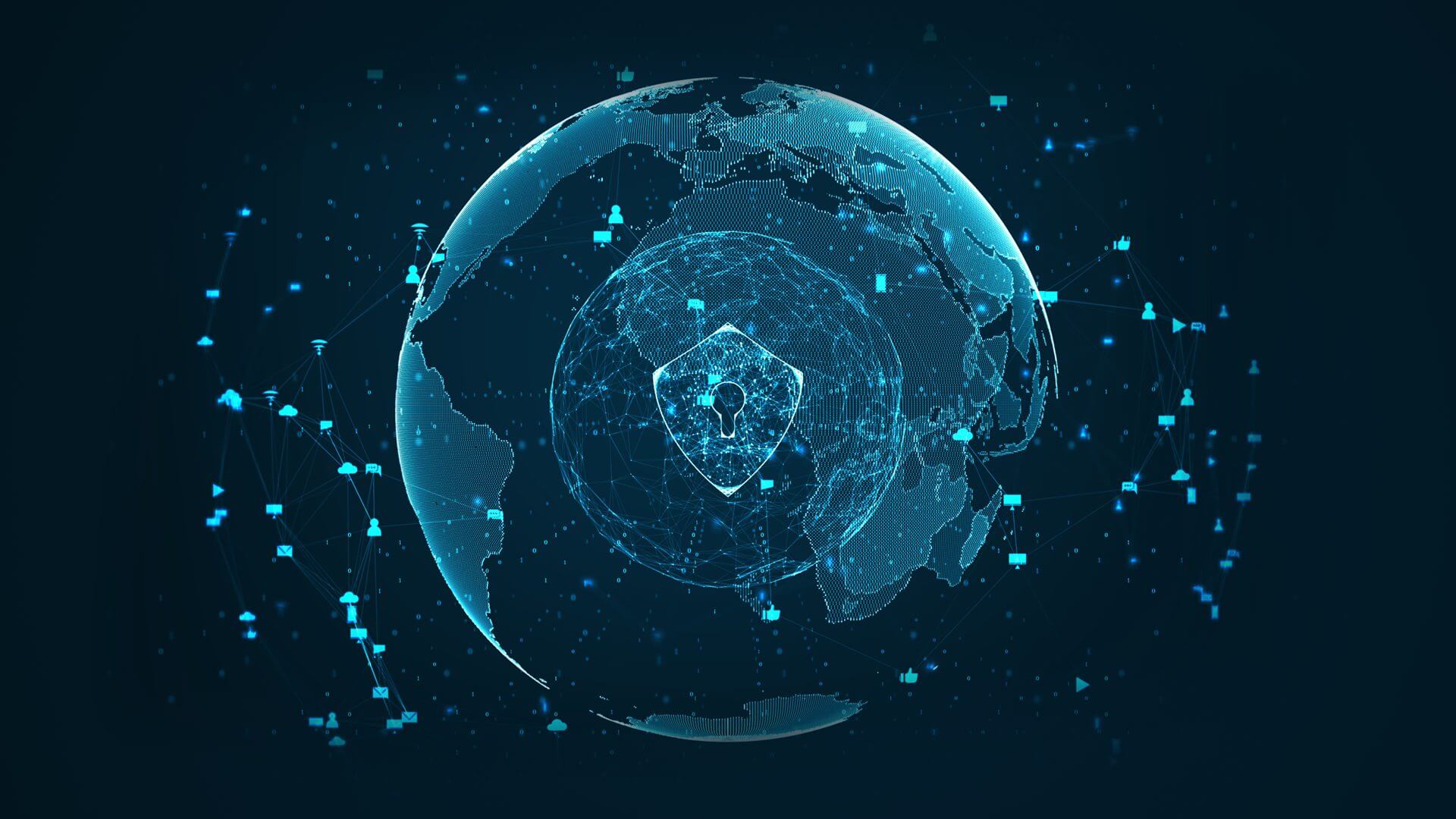Equipped with automated machines, artificial intelligence (AI), and advanced analytics, the HUGO BOSS production facility in Izmir, Turkey, is just one example of smart factory advancements and digital transformations that the manufacturing sector is undergoing in the new decade.
With an increasing number of manufacturers planning or in the midst of optimizing their operations with smart factory elements, what strategies should they take to attain an Industry 4.0 factory? Management Events interviews Joachim Hensch, the Managing Director for Hugo Boss Textile Industries, on tips to successfully achieve a digital revolution.
The Beginning Of Change
Faced with rising consumer demands and a highly competitive global market, manufacturers are arming themselves with the latest intelligent industrial solutions to thrive and survive in the industry. Foreseeing the need for change, HUGO BOSS began re-imagining their factories into agile and flexible production facilities.
“It all started with the realization that we are operating in an ever more connected market that is becoming progressively unpredictable,” Hensch relates. “There appeared a strong need for a different setup for our factory in order to deal with ever-increasing complexity. Yearly plans became obsolete due to erratic changes in customer behavior and the market environment.”
“Therefore, to keep up with this, we needed to go through a transformation. We started from the organization, continuing with the layout of the factory, the way we deal with new employees, with technology, the way we plan with regard to digitization, the way we treat people, and so on. Basically, we changed everything!”
The Three-Step Plan
While mass-produced products might have satisfied the customers of old, the new generation of consumers are looking for more personalization. Manufacturers are heeding the trending change, moving towards mass customization.
For HUGO BOSS, the Izmir smart factory follows a three-step plan to adapt to today’s market conditions and customer expectations.
“The first part is digital transformation,” Hensch explains. “We connect our 4 main components, which are people, machines, processes, and products, digitally to create a digital twin of the factory.”
“The second step is robotics and automation,” he continues. “In this part, our strategy is to help our people first, and then invent half-automated and completely automated machines.”
“The third step has the artificial intelligence focus. Around this, we work on algorithms that help us with the planning and management of both manufacturing and HR initiatives.”
Overcoming Challenges
HUGO BOSS’ digital transformation is not without its challenges, however. The luxury fashion brand faces concerns with data usability and technology integration.
“Some of the data we collected was unusable but some were extremely valuable for gaining insights into how the factory operated. We follow the scrum mentality work in two-week sprints, and then decide whether to invest more. This way, we build in flexibility and can react fast if something changes on the course.”
“Additionally, we realized that we could not just buy gadgets. We had to convince our people to use it, which meant we had to make the software easy to use. We leveraged gamification a lot when designing the UI, as UI and UX are key parts of digitalization. The systems should be as easy as WhatsApp for their users.”
The Human Touch
Many organizations tend to focus strongly on technology implementation, leading to neglect of workforce integration and fears of machines taking over jobs. But Hensch emphasizes that the fashion industry is probably the least threatened by automation replacing people.
“The most fundamental reason is working with a non-rigid raw material such as fabric. If you want to do something with fabric, you will not be able to find anything better than the sensors in the hands of people for a while.”
Hensch further clarifies that technology should help to support and upskill employees. “The most visible example of this is our training module with virtual reality applications, Virtual Dojo, which we launched in HUGO BOSS Izmir. This project helps us to customize our operator training processes and increases its quality, which cut down our training periods in half and brought us two international awards.”
“If you manage to prepare your human resources for these technologies and use technology in a form that supports people and brings out their skills, I believe there will be a lot of room for people in smart factories in our industry.”
Maintaining A Competitive Edge
As Industry 4.0 brings new innovations and ways of thinking, manufacturers have to adopt the latest emerging technologies in order to stay ahead of the competition. For HUGO BOSS, however, their focus goes beyond normal manufacturing strategies.
Hensch conveys that, “In Izmir, we generated a consultancy company called HUGO BOSS Solutions, which provides solutions for digital transformation and organizational development. Imagine a ready-to-wear company, that has full-time data scientists, data engineers, speech recognition and Chabot specialists, and image processing technology specialists working together, creating an IT team and a TechnoLab of around 60 people. This is rare in our industry.”
As Hensch continues to discuss HUGO BOSS’ business strategy, it becomes clear that employees are fundamental components for organizational success.
“Technologies are there and it is just a toolset to use,” Hensch expresses. “However, who will use them and how they will be used is much more significant. For the next few years to come, human intelligence will still be the main driver, and to maintain competitive advantage, companies should first focus on their people and their know-how.”
Embracing The Fourth Industrial Revolution
Even though we are already headlong into Industry 4.0, manufacturers are still facing challenges in implementing digitalization changes in their factories. According to Hensch, the setback could be resolved if they have the right system in place.
“In manufacturing, the success of transformation is not about digital screens and sensors, but the creation of the correct engineering ecosystem and organization at the production plant,” he advises. “Digital systems built on a proper engineering infrastructure can be those magic touches that make a true transformation possible and have a dramatic impact on profitability.”
“The good thing was that, in Izmir, we had a neat analog system to start with. What we learned fast is that if you have a messy analog factory and you start building a digital system on top of it, you basically end up with two messy systems.”
Strategic Leadership
However, smart solutions are not the only success factors for the fourth industrial revolution. Sound and strong leadership is also integral for effective and successful digital transformation.
“Simon Sinek has just released a new book called The Infinite Game, and this would be my advice [to leaders],” Hensch imparts. “There is no end. There are always going to be things to improve for the better. Therefore, leaders should keep themselves motivated to discover these improvement areas.”
He also advises leaders to engage their staff when creating a mission or vision. “People will hold back because they think the boss already has all the solutions. You need to give people a lot of space and trust in order to make them contribute and fill this vision, and not define everything by yourself.”















